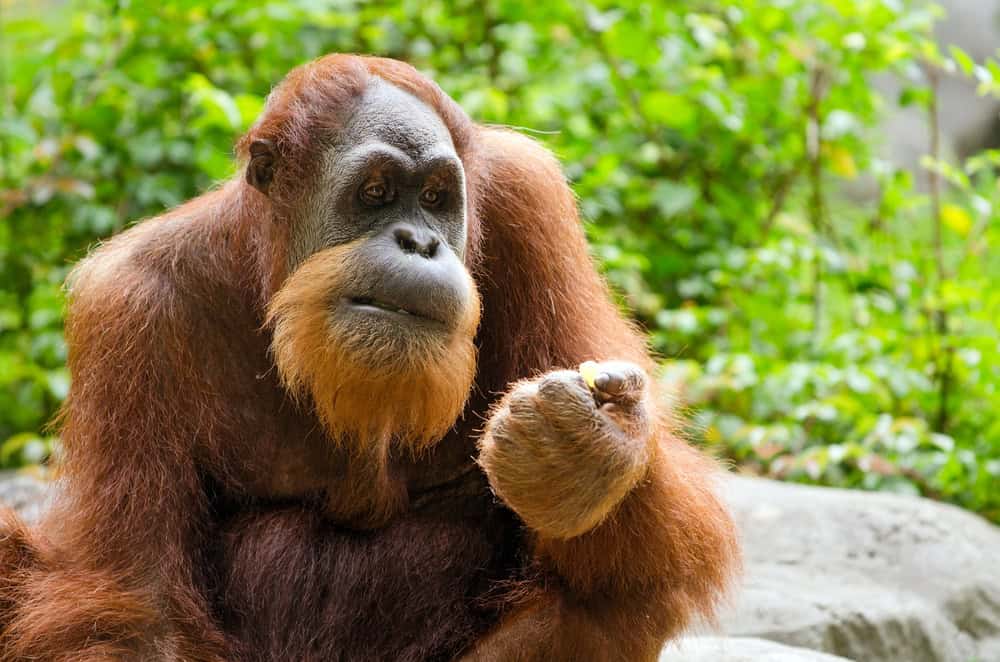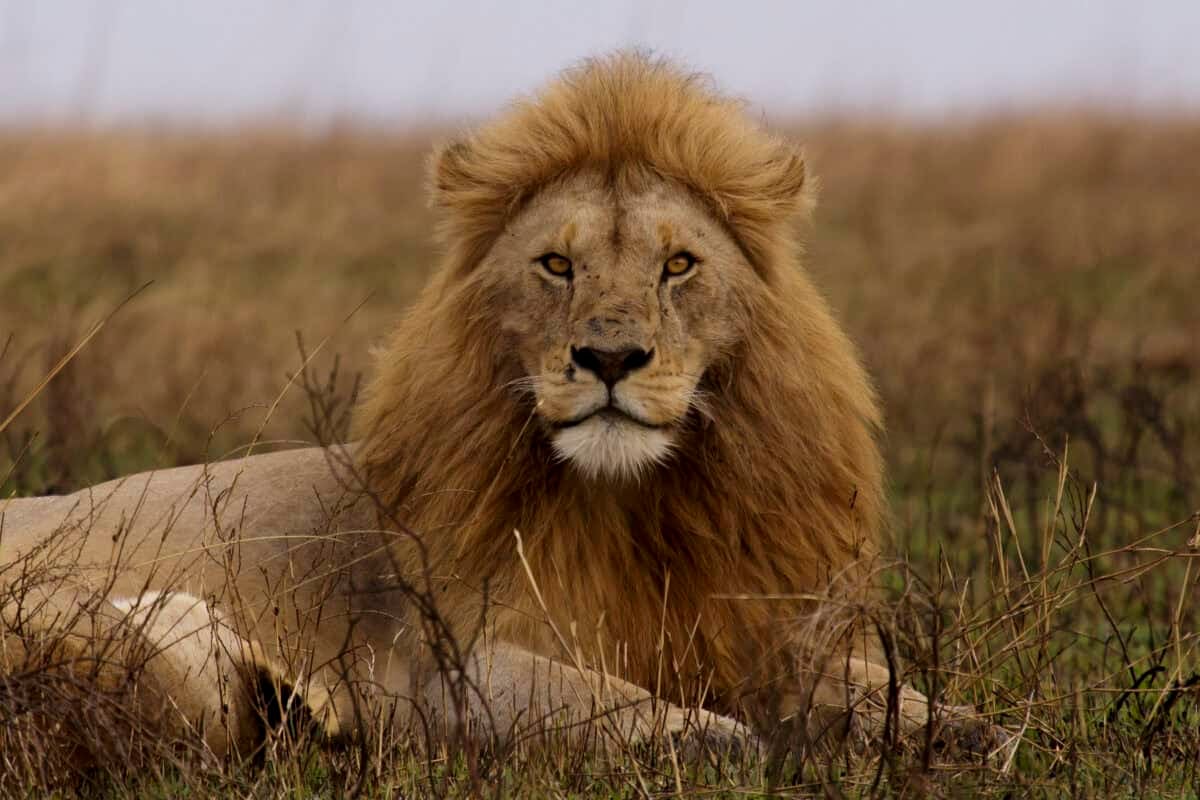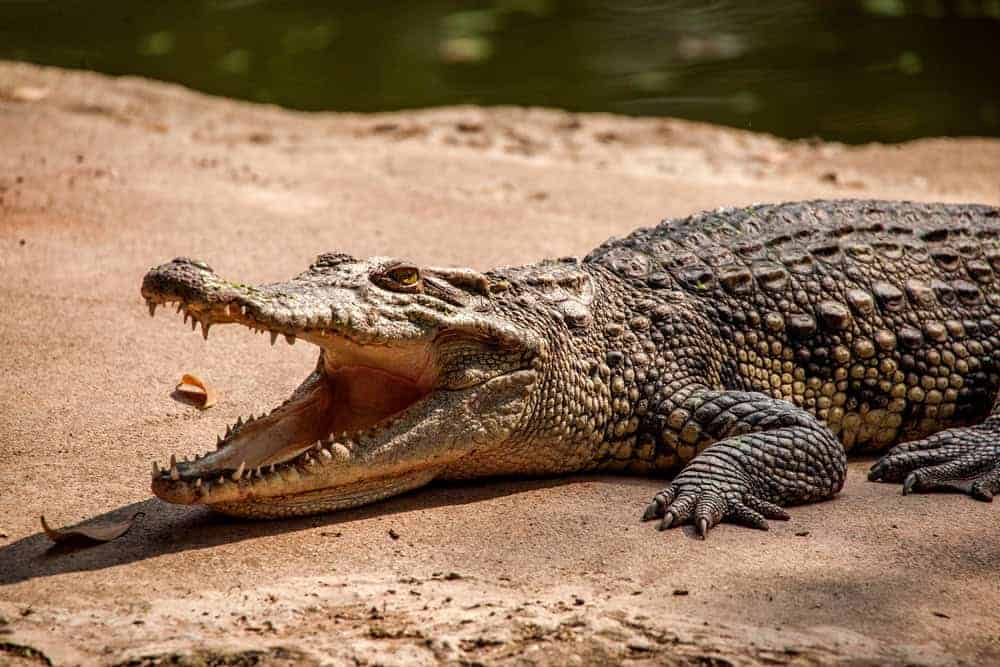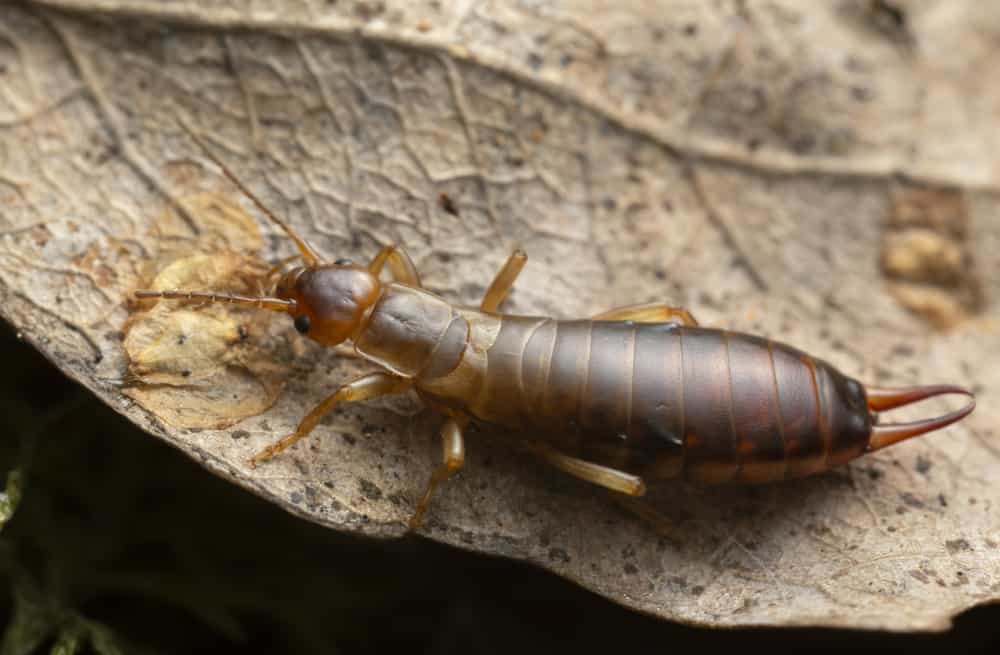In the wild, motherhood is far from the gentle, nurturing image often portrayed in children’s stories. For many species, being a mother means becoming the fiercest version of themselves—defending, hunting, teaching, and sometimes making incredible sacrifices for offspring survival. From the oceans’ depths to the savanna’s expanse, animal mothers demonstrate remarkable behaviors that ensure their young survive in often hostile environments. This comprehensive look at 13 of the animal kingdom’s most formidable mothers reveals that maternal instinct often translates to extraordinary courage, strength, and sometimes terrifying aggression when it comes to protecting and raising young.
13. Polar Bears Masters of Arctic Motherhood

Polar bear mothers epitomize dedication in one of Earth’s harshest environments. A pregnant female creates a maternity den in deep snow where she’ll give birth to cubs weighing just 1.5 pounds—while she herself hasn’t eaten for months. For up to eight months, she’ll nurse these vulnerable cubs using only her fat reserves, losing up to 43% of her body weight in the process. Once they emerge from the den, polar bear mothers become ferocious protectors, willing to fight even larger male bears that pose a threat to their cubs. They’ll spend approximately 2.5 years teaching their young essential survival skills for Arctic life, including hunting techniques specific to sea ice environments. With climate change reducing sea ice—their primary hunting platform—maternal dedication has become even more critical for this species’ survival.
12. African Elephants The Protective Matriarchs

African elephant society revolves around experienced maternal figures known as matriarchs. These female leaders, usually the oldest in the herd, guide extended family groups that can include three generations of related females and their young. The matriarch’s decades of accumulated knowledge—remembering migration routes, water sources, and safe havens—often determines the entire herd’s survival. Elephant pregnancies last a remarkable 22 months, the longest gestation period of any land mammal. After birth, baby elephants become the center of intense communal care. When threatened, elephant mothers position themselves between danger and their calves, while the entire herd forms a protective circle around all young members. Research shows elephants display genuine grief at the loss of calves, standing vigil over deceased babies for days—a behavior that demonstrates their profound emotional intelligence and maternal connection.
11. Octopus The Ultimate Maternal Sacrifice

The octopus mother makes perhaps the animal kingdom’s most dramatic maternal sacrifice. After laying between 50,000 to 200,000 eggs (depending on the species), she stops feeding entirely and dedicates herself to protecting her eggs until they hatch. For six months or longer, she continually blows water across the egg strings to keep them oxygenated and clean, removing algae and warding off predators with remarkable vigilance. In a 2018 study published in Science, researchers documented a deep-sea octopus guarding her eggs for an astonishing 53 months—the longest brooding period ever recorded for any animal. This dedication comes at the ultimate price: the mother’s body gradually deteriorates as she depletes her energy reserves, and she typically dies shortly after her eggs hatch. This evolutionary strategy ensures her offspring receive maximum protection during their most vulnerable stage, even at the cost of her own life.
10. Orangutans Forest Mentors with Multi-Year Commitments

Orangutan mothers maintain the longest-lasting mother-offspring bond of any non-human primate. These intelligent apes invest approximately 8-10 years in raising a single offspring, during which time they rarely conceive again. This extended period allows for intensive knowledge transfer as young orangutans must master complex skills such as identifying over 200 food sources, building night nests, and navigating the forest canopy. Using behavioral observations, scientists have documented that orangutan mothers adjust their teaching methods based on their offspring’s age and skill level—demonstrating a sophisticated understanding of the learning process. The mother also customizes her young one’s diet, pre-chewing tougher foods until the juvenile has developed sufficient jaw strength. This extraordinary maternal investment explains why orangutan populations recover so slowly from habitat disturbance—their reproductive strategy prioritizes quality care over quantity of offspring.
9. Alligators Prehistoric Protectors with Gentle Jaws

Despite their fearsome reputation, female alligators display surprisingly tender maternal behavior. After constructing nest mounds from vegetation, females guard their eggs vigilantly for the 65-day incubation period, defending them from raccoons, birds, and even cannibalistic male alligators. When eggs begin to hatch, the mother responds to specialized vocalizations from her young, gently uncovering them and carrying the foot-long hatchlings to water in her mouth—the same jaws that can crush turtle shells exert just enough pressure to transport babies safely. For up to two years, alligator mothers remain with their young, responding aggressively to any threats. Alligator biologists have recorded females charging boats that venture too close to their nursery areas. These protective behaviors reveal a sophisticated maternal instinct that has helped crocodilians survive for over 200 million years despite significant environmental changes.
8. African Lions The Pride’s Fierce Guardians

Female lions form the backbone of pride society, working together as a powerful maternal collective. Lionesses synchronize their breeding cycles, allowing them to nurse each other’s cubs communally—a practice that ensures young lions receive nutrition even if their biological mother is hunting. When cubs are born, mothers keep them hidden for about six weeks before introducing them to the pride. During territorial conflicts, lionesses with cubs become extraordinarily aggressive, willing to fight much larger male lions to protect their offspring. A 2013 study in Behavioral Ecology documented that lionesses with cubs were 30% more likely to initiate attacks against intruders compared to those without young. This maternal ferocity serves a critical purpose; in prides where males have recently taken over, infanticide can claim up to 80% of cubs fathered by previous males. The lionesses’ protective behavior represents an evolutionary response to this threat, demonstrating how maternal instinct shapes social structures.
7. Giant Pacific Octopus The Devoted Deep-Sea Guardian

The Giant Pacific Octopus exemplifies extraordinary maternal dedication in the marine world. After selecting a secluded den, the female lays approximately 50,000 eggs, which she meticulously arranges in hanging chains. What follows is a remarkable six-month vigil where she refuses to leave her clutch even to feed. Using her siphon and arms, she continuously circulates fresh, oxygen-rich water over the developing eggs while protecting them from predators. Researchers have observed mothers removing debris and even attacking research cameras that approach too closely. Most impressively, these intelligent cephalopods appear to recognize the specific needs of their developing eggs, adjusting water flow based on oxygen conditions. This level of maternal care comes at an extreme cost—by the time the eggs hatch, the mother has metabolized most of her body tissues and typically dies soon after witnessing her offspring’s emergence. This reproductive strategy represents an evolutionary trade-off prioritizing offspring survival over the mother’s longevity.
6. Honey Badgers Tenacious Teachers of Survival

The honey badger’s reputation for ferocity extends to its approach to motherhood. Female honey badgers invest up to two full years teaching their young essential survival skills—an unusually long period for a mammal of their size. This extended caregiving period allows mothers to demonstrate sophisticated hunting techniques, including how to disarm venomous snakes and raid bee colonies despite painful stings. Field researchers have documented mothers creating controlled learning scenarios where young badgers can practice tackling increasingly challenging prey under supervision. When threatened, honey badger mothers become extraordinarily aggressive, capable of driving off predators many times their size, including lions. Their unique anatomical adaptation—exceptionally loose skin that allows them to twist and fight even when caught—helps them protect their young from predators. This combination of physical adaptations and extended parental investment explains how honey badgers thrive across diverse African and Asian habitats despite their small size.
5. Emperor Penguins Extreme Antarctic Mothers

Emperor penguin mothers endure one of nature’s most demanding reproductive challenges in Antarctica’s brutal winter. After laying a single egg, the female transfers it to her mate’s feet and embarks on a grueling 50-70 mile journey to the open ocean to feed. This trek across ice in complete darkness and temperatures dropping to -40°F represents an extraordinary maternal investment. Upon returning weeks later, she must locate her partner among thousands of similar penguins, recognizing him by his unique vocal call. The mother then regurgitates food stored in her crop to feed the newly hatched chick. If the father and chick have managed to survive the harsh conditions, the parents alternate feeding duties, with each making the arduous journey to open water while the other guards the chick. This coordinated parental effort continues for about five months until the chick develops waterproof feathers. The emperor penguin’s reproductive strategy showcases how maternal investment can adapt to even the planet’s most extreme environments.
4. Nile Crocodiles Prehistoric Maternal Precision

The Nile crocodile—capable of taking down large mammals as prey—transforms into a surprisingly gentle mother when it comes to her offspring. After burying approximately 60 eggs in a carefully constructed sandbank nest, the female guards the site vigilantly for the three-month incubation period, foregoing feeding opportunities and becoming highly aggressive toward any creatures that approach. When she detects hatching vocalizations from within the eggs, the mother carefully uncovers her young and delicately transports them to water in her formidable jaws—the same mouth that delivers one of nature’s strongest bite forces now controls its pressure precisely to avoid harming delicate hatchlings. For up to two years, she remains attentive to her young, responding to distress calls and defending the nursery area from predators including monitor lizards and birds. Remarkably, research has shown that female crocodiles can differentiate between their offspring’s distress calls and those of unrelated juveniles, demonstrating sophisticated maternal recognition capabilities that have evolved over the 200 million years crocodilians have existed.
3. Wolf Spiders Eight-Legged Backpack Mothers

Wolf spiders upend arachnid stereotypes with their extraordinary maternal devotion. Unlike most spiders that abandon their eggs, wolf spider mothers attach their egg sacs to their spinnerets and carry them everywhere they go—a significant burden that can weigh nearly as much as the spider herself and impair her hunting abilities. If the egg sac becomes detached, the mother will search frantically until recovering it, showing clear signs of distress when separated from her eggs. After the spiderlings hatch, maternal care reaches another level as dozens of tiny spiders climb onto their mother’s abdomen, creating a living backpack that she’ll carry for up to two weeks. During this period, the mother continues hunting while protecting her young from predators and unfavorable environmental conditions. Research published in Animal Behaviour demonstrated that wolf spider mothers will even share food with their spiderlings—dispelling the myth that all arachnids are solitary predators. This investment in maternal care represents a fascinating evolutionary strategy that increases offspring survival rates in a group not typically associated with parenting.
2. Orcas Lifelong Maternal Bonds in Matriarchal Pods

Orca (killer whale) societies represent one of the animal kingdom’s most sophisticated maternal systems. These highly intelligent marine mammals live in matrilineal pods led by the oldest female, whose experience guides critical decisions about hunting grounds and migration routes. Some orca mothers care for their offspring for life, with males staying with their mothers even into their 30s. This creates multi-generational family units where hunting techniques and cultural traditions are passed down through maternal lines. The birthing process itself demonstrates remarkable cooperation, with experienced females acting as midwives, helping position newborn calves for their first breath. When hunting, mothers take extraordinary risks to teach specific techniques to their young, temporarily beaching themselves to demonstrate how to catch seals on shorelines. Research from the Center for Whale Research has documented cases where orca mothers have carried deceased calves for weeks in what appears to be an expression of grief, highlighting the profound emotional connection between these mothers and their offspring. This combination of lifelong care, teaching, and emotional attachment places orcas among nature’s most devoted mothers.
1. Earwigs Surprising Insect Maternal Champions

Perhaps the animal kingdom’s most unexpected devoted mothers are earwigs—small insects often viewed as garden pests. Female earwigs demonstrate remarkable maternal care rarely seen in the insect world, beginning with the construction of an underground nest where they’ll lay 30-50 eggs. Unlike most insects that abandon their eggs, earwig mothers constantly clean each egg to prevent fungal growth, rearranging them regularly for optimal development. If the eggs become scattered, the mother diligently collects and returns them to the nest. After hatching, the mother continues protecting her young, foraging for food which she regurgitates to feed them. Research published in Ethology documented that earwig mothers adjust their defensive behavior based on the age of their offspring, becoming more aggressive when nymphs are youngest and most vulnerable. This maternal care continues until the nymphs’ second instar (developmental stage)—an extraordinary investment for an insect with a lifespan of just one year. Earwig maternal behavior challenges our assumptions about insect cognition and demonstrates how maternal instincts have evolved independently across distantly related animal groups.
Conclusion: The Universal Power of Maternal Instinct

Across vastly different habitats, body plans, and evolutionary lineages, these 13 fierce mothers demonstrate the extraordinary power of maternal instinct as a force shaping animal behavior and survival strategies. From the octopus’s ultimate sacrifice to the wolf spider’s portable nursery, these diverse examples reveal that intense maternal investment appears repeatedly throughout the animal kingdom, suggesting its fundamental importance to evolutionary success. The specific behaviors vary dramatically—from elephants’ emotional intelligence to earwigs’ meticulous egg-tending—yet each represents an adapted solution to the same challenge: maximizing offspring survival in a dangerous world. As we continue studying these remarkable maternal behaviors, we gain not only a deeper appreciation for the complexity of animal cognition but also insight into the biological foundations of care and protection that transcend species boundaries. These fierce animal mothers remind us that in nature, creating and nurturing the next generation often requires extraordinary courage, sacrifice, and determination—qualities that make motherhood one of evolution’s most powerful and enduring forces.
- The Most Beautiful Bird Migration Routes Across the US - August 9, 2025
- 14 Dog Breeds That Love to Cuddle - August 9, 2025
- 11 Signs Your Horse Might Be Bored - August 9, 2025

